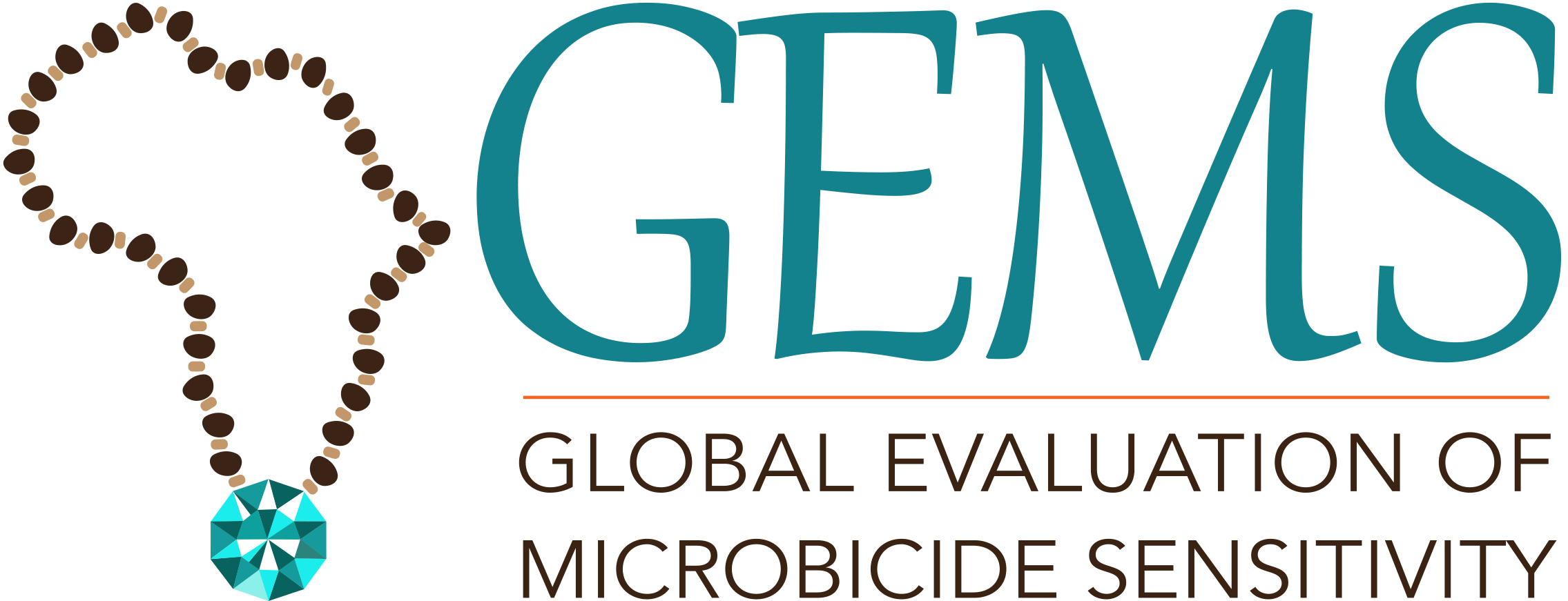GEMS informs policies and defines programmatic considerations related to use of ARV-based HIV prevention products and risk of resistance.
- Specimen and data collection makes progress.
- Collaboration underway with other projects.
- Country work continues.
- Lab team moves forward.
Specimen and data collection makes progress. GEMS received approval from the Partners PrEP Study to obtain vaginal swab specimens from seroconverters on TDF/FTC with evidence of product adherence. GEMS submitted a similar request for samples from the VOICE study and are awaiting final approval. When obtained, these specimens will be used to assess the frequency of drug resistance. The team is also gathering published and unpublished data from PrEP trials for any seroconverter with resistance that was followed long term to assess the impact of resistance on future antiretroviral therapy.
Collaboration underway with other projects. GEMS established a partnership with POWER to collect dried blood spot (DBS) samples on seroconverters on PrEP. The team also held meetings with representatives from several PrEP demonstration projects and rollout programs to determine if DBS samples may be shipped to the University of Pittsburgh laboratory. GEMS hopes to collaborate with demonstration and rollout projects in South Africa, Zimbabwe, and Kenya to analyze resistance data on all PrEP users who acquire HIV.
Country work continues. The GEMS modeling team is working to calibrate their model to KwaZulu-Natal in South Africa. Additionally, country profiles are being developed to highlight country-specific PrEP implementation guidance related to HIV testing and resistance monitoring.
Lab team moves forward. The lab team has made progress with experimentation on HIV recovery from dried blood spot (DBS) samples. This work will inform the development of an assay that will allow us to more efficiently screen for HIV drug resistance by simultaneously analyzing samples collected from multiple patients. Additionally, the team is identifying country and regional laboratories to assess the capacity for local resistance testing.
No Responses
Leave a Reply

